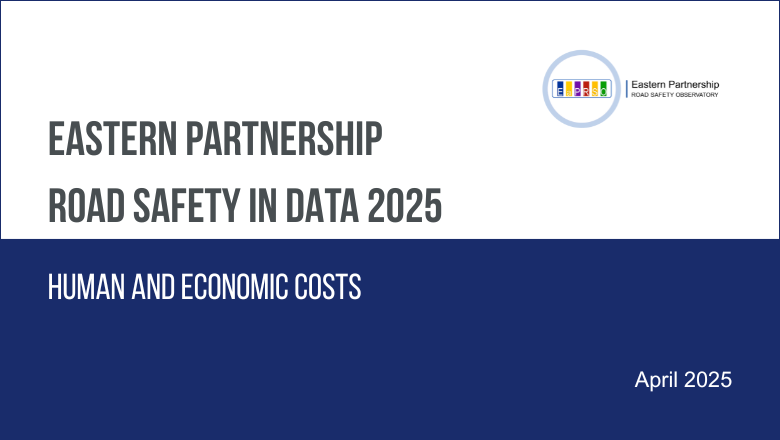Revealing the Hidden Economic Burden of Road Traffic Accidents in Eastern Partnership Nations 2023

Hidden Economic Toll of Road Traffic Accidents in Eastern Partnership Nations
In recent years, traffic incidents have extended their impact far beyond the immediate human tragedy, imposing substantial financial burdens across several Eastern European countries. A comprehensive assessment unveiled by a major international institution focused on regional development has spotlighted the staggering fiscal consequences linked to fatal collisions and serious bodily harm in 2023 across three countries in this bloc.
Among the affected states, the losses related to these incidents vary considerably but universally reflect the high cost necessitated by such accidents. In one country known for its rolling hills and rich cultural heritage, the total losses exceeded half a billion U.S. dollars. This includes millions earmarked specifically for fatalities and a substantially larger allocation responding to serious injuries sustained on the roads.
Another nation, recognized historically for its mountainous terrains and vibrant traditions, endured economic losses surpassing the billion-dollar mark. Here, the monetary value assigned to lives lost is in the hundreds of millions, paired with an even greater financial impact caused by severe injuries. The third country, noted for its strategic location bridging Europe and Asia, saw the highest overall toll, with losses exceeding one point two billion dollars, where the share attributed to both fatalities and grievous injuries represents a significant portion of the national burden.
The Financial Breakdown and Implications
The cost evaluation process meticulously divides the economic impact into two primary components: the value associated with the loss of life and the costs linked to serious injuries. Fatalities constitute direct and indirect expenses, ranging from emergency response and medical care to lost productivity and emotional toll on affected families and communities. Serious injuries, often resulting in prolonged disability or reduced quality of life, demand even greater expenditures for treatment, rehabilitation, and social support services.
These substantial figures are not merely accounting entries but indicative of pervasive challenges facing infrastructure, regulation enforcement, and public awareness in road safety. The financial demands exert additional strain on government budgets, healthcare systems, insurance markets, and economic productivity, creating ripple effects across various sectors.
By framing the issue in these economic terms, policymakers have a clearer pathway to justify and prioritize investments in road safety improvements, including infrastructure upgrades, legislation enforcement, driver education, and emergency response enhancements. Such strategies aim to mitigate not only the human cost but also to alleviate the systemic economic drain caused by traffic-related calamities.
Regional Context and Strategic Response
The highlighted nations represent part of a wider regional partnership where multiple members experience similar challenges in maintaining safe road environments. This situation points to underlying systemic factors such as past infrastructure limitations, rapid motorization without proportionate safety adaptations, and evolving traffic management practices.
Efforts initiated under collaborative frameworks emphasize data-driven decision-making, leveraging crash data analytics, risk identification, and coordinated policy frameworks to address these deficits. Prominent initiatives include establishing inter-agency committees and integrating scholarly research with practical policy development to ensure that interventions are both evidence-based and context-specific.
Furthermore, fostering cooperation among local authorities, NGOs, academic institutions, and international partners forms an essential pillar in these endeavors. This multidimensional approach supports behavior change campaigns, legislative reforms, and continuous monitoring to achieve sustained reductions in both fatalities and serious injuries on the roads.
The Way Forward
Addressing the dual tragedy of human loss and financial repercussions requires a concerted and multifaceted approach. Enhanced road safety protocols, targeted infrastructure investment, and public engagement will be critical in altering the trajectory of these alarming trends. Quantifying the vast economic cost as clearly as the loss of life strengthens the argument for immediate and robust interventions.
Ultimately, effective action promises not only to save lives but to preserve valuable resources, contributing to broader economic resilience and improved societal well-being in these countries. Continuous monitoring and transparent reporting on progress remain vital to align ongoing efforts with these overarching goals.
